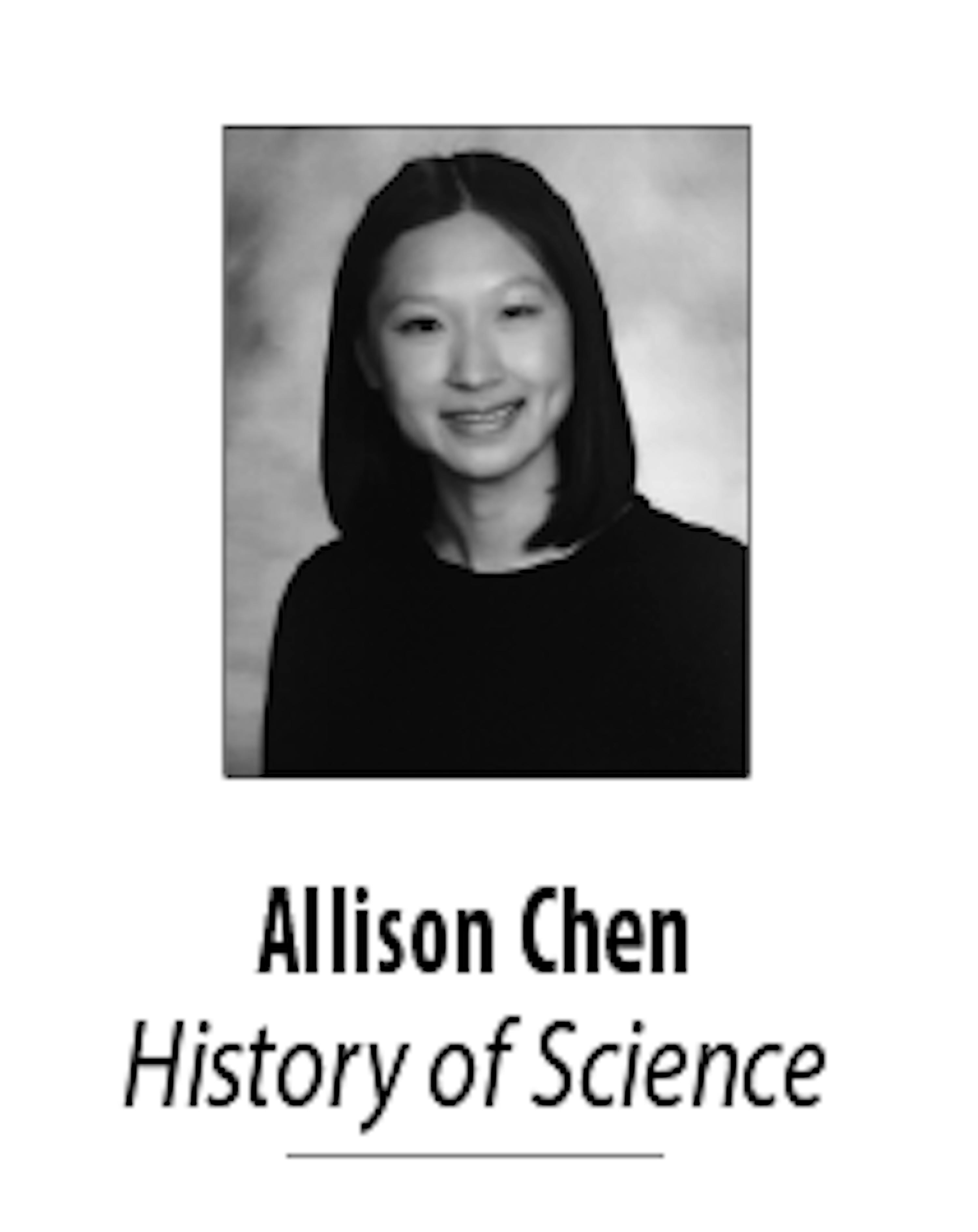
In the jungles of Vietnam in the 1960s, at the same time as they were fighting one another, American and North Vietnamese forces were both battling drug-resistant malaria. The disease was living up to its storied history of being an absolute pain for military commanders, undeterred by therapies that had lost effectiveness due to widespread and often haphazard use.
On the United States’ side, the Walter Reed Army Institute of Research (WRAIR) launched a massive effort to find potential new antimalarials, screening over a quarter of a million compounds. Meanwhile, the North Vietnamese enlisted the help of their ally China.
Project 523, which began on May 23, 1967, was a large-scale collaboration between over 50 laboratories, centers, departments, clinics and other units across China, involving participants from all government levels.
The project aimed to find new treatments effective against drug-resistant malaria, and it was decided from the start that Project 523 would approach its goal from two directions: investigating new synthetic compounds and researching traditional Chinese medicines.
Scientists working on the synthetic arm of the project duly designed or screened over 50,000 compounds, with 29 progressing to clinical trials. About half of the 29 passed their evaluations, but none were standout therapies.
Instead, the triumph of Project 523 came from its investigation of traditional Chinese medicine. Researchers had pored through old medical records and documents, interviewed residents in regions of China where malaria was endemic, and gathered information on thousands of utilized, rumored and secret traditional remedies. Promising recipes were tested in rodents, and from this shortlist one compound emerged as exceptionally powerful.
Qinghaosu, or artemisinin, is derived from sweet wormwood, a short, shrubby plant with a distinctive aromatic scent. The plant has been used medicinally in China for at least 1500 years and likely longer.
One remedy, dating back to the fourth century, recommended qinghaosu be used to treat “intermittent fevers,” potentially a reference to malaria — its symptoms include cycles of fevers and chills that correspond to the malaria parasites’ life cycles in the human body.
Artemisinin bears parallels to the first established treatment for the disease, quinine, a compound derived from the bark of the cinchona tree.
Cinchona bark may have been used by indigenous peoples in the Andes, potentially to treat fevers. It is, however, established that European explorers began using it as an antimalarial in the 17th century. Early recipes involved drying the bark, grinding it, then mixing it with a liquid, oftentimes wine. This continued until two French scientists isolated quinine from cinchona bark in 1820, and thereafter the purified compound became the standard treatment.
After World War II, synthetic antimalarials, with chloroquine being the most prominent, replaced quinine as the therapy of choice. Chloroquine was used liberally for almost two decades. In an attempt to protect entire populations, the drug was widely distributed as a prophylactic in the 1950s and 1960s. One strategy involved distributing the medication mixed with cooking salt.
This widespread use, however, likely hastened the development of resistance, especially when the mass administration programs led to individuals consuming subcurative doses. The whole situation was compounded by the biological phenomenon that chloroquine-resistant strains of malaria parasites appear to mature and reproduce faster than their non-resistant counterparts.
Project 523 hoped that artemisinin could fill the gap left by chloroquine resistance. Researchers had to experiment with different methods to improve the therapy, including obtaining the active ingredient from sweet wormwood using ether extraction at a lower temperature.
This is because researchers had realized that usual high-temperature extraction techniques might have been damaging the compound, noting that traditional recipes had involved soaking sweet wormwood in water, not boiling it. By 1972, they had a highly effective, non-toxic product that had been successfully tested in mice, monkeys and humans.
While the project was being conducted, it was kept in relative secrecy. The threat of malaria was pressing enough that Project 523 was able to operate throughout the Chinese Cultural Revolution, during which most intellectuals, including scientists, were intensely persecuted. Nevertheless, results were not initially published in foreign journals, and it was not until 2006, after almost three decades of collecting evidence on the effectiveness of therapies containing artemisinin and artemisinin derivatives, that artemisinin-based combination therapies (ACTs) were recommended as a first line treatment by the World Health Organization.
Three years ago, Tu Youyou, who led the team that discovered artemisinin, was awarded one half of the 2015 Nobel Prize in Physiology or Medicine. In her biographical statement she noted that, in the decades since its discovery, therapies containing artemisinin have treated over 200,000,000 malaria patients worldwide. It is anticipated that these treatments will continue to save millions more.




